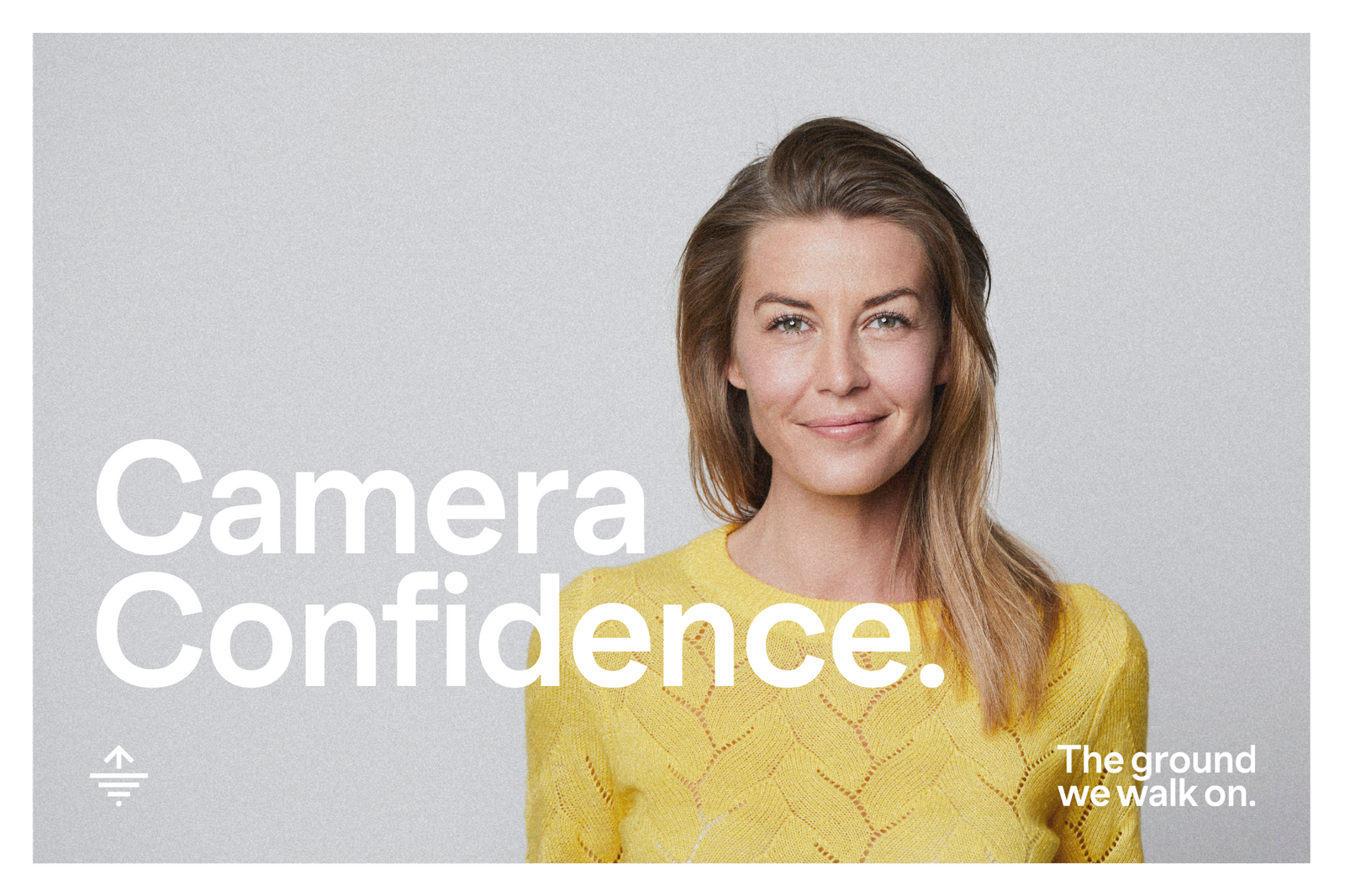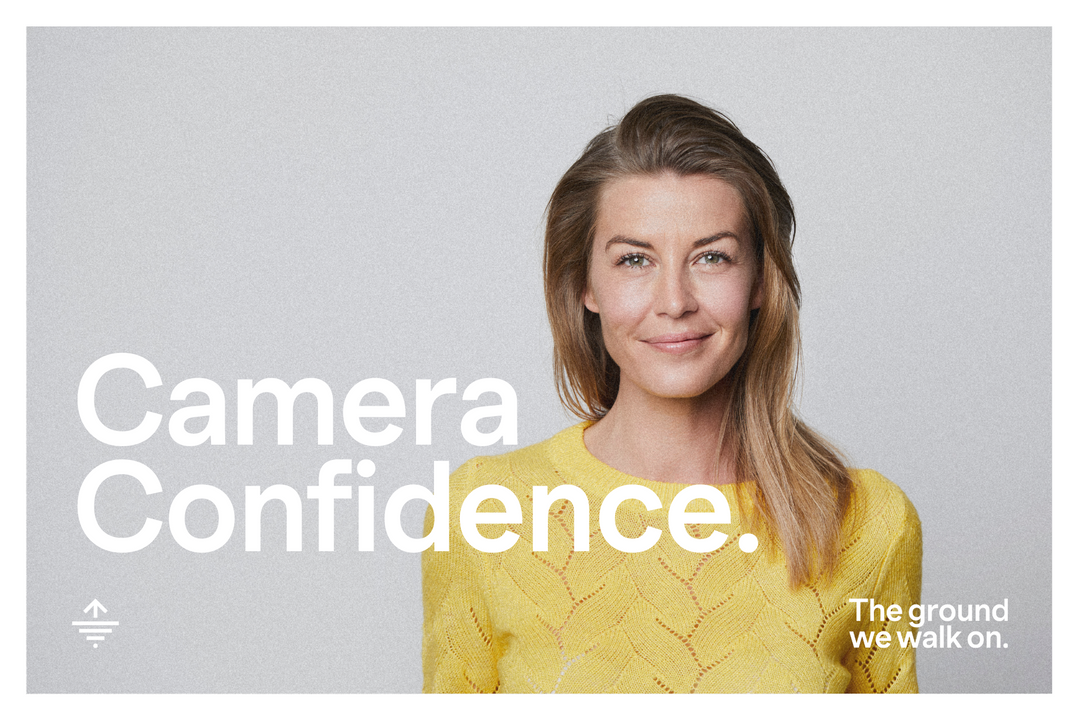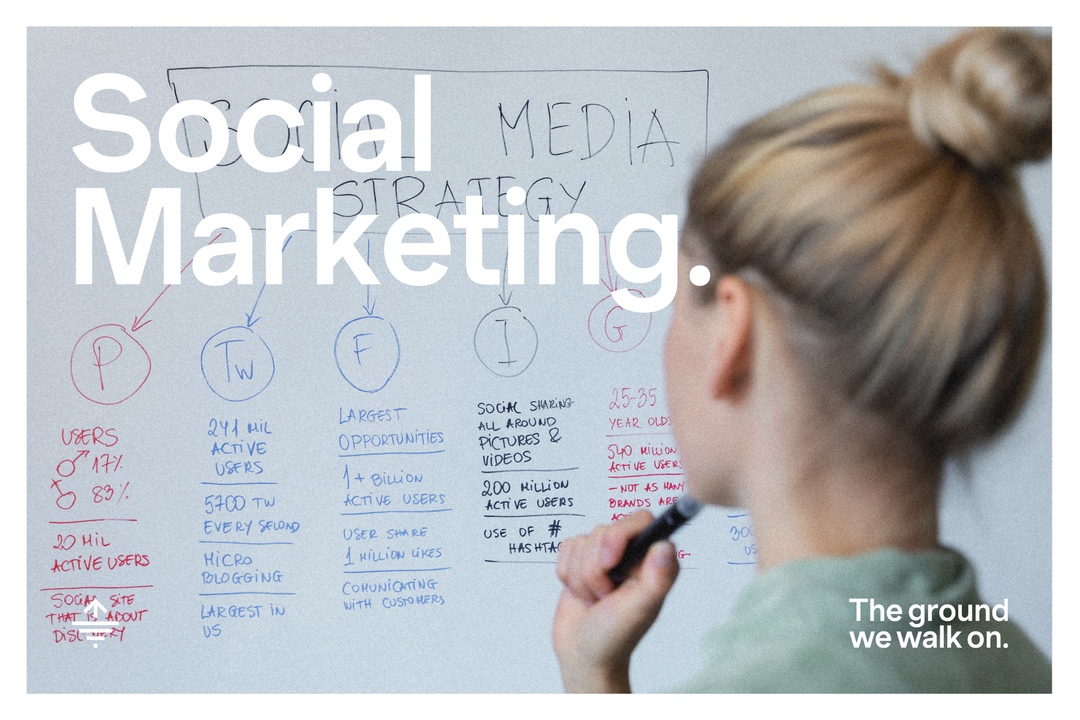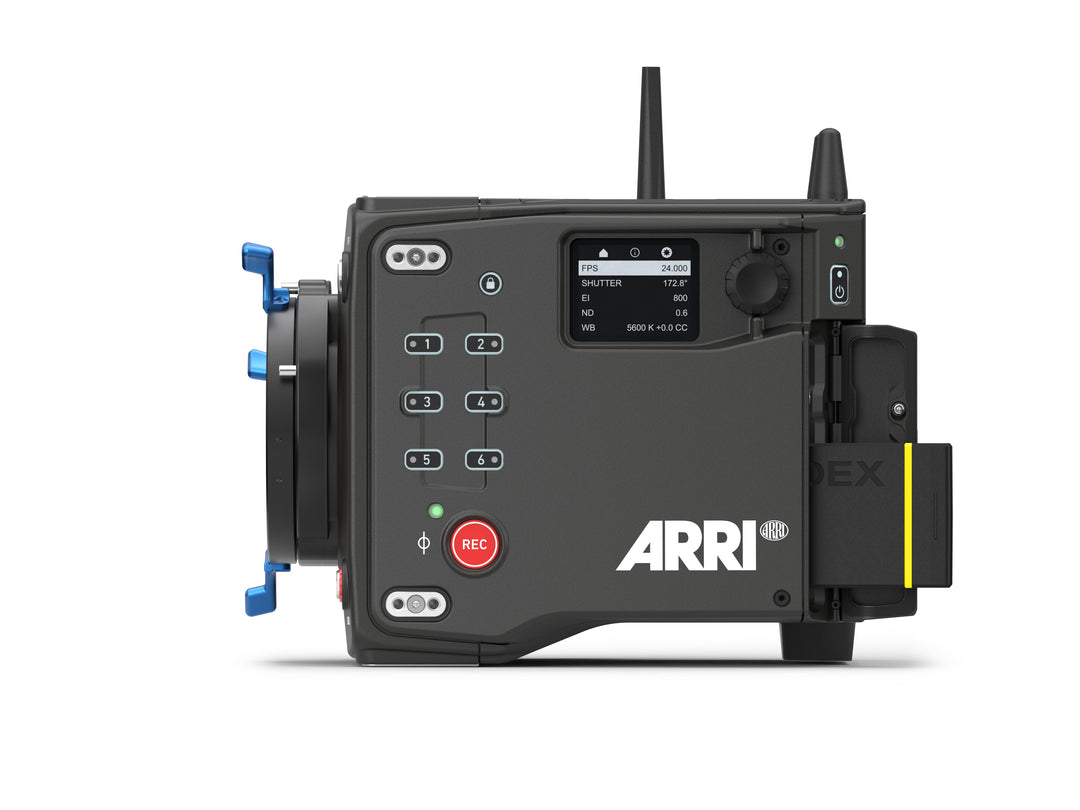Camera Confidence

Mastering On-Camera Confidence: A Guide for Professionals
If you're reading this you most probably feel uneasy at the thought of facing a camera lens. This guide aims to help you become more comfortable on camera, speak confidently, and present yourselves effectively so you don't look and sound like garbage...
Understanding the Importance of On-Camera Presence
Your on-camera demeanor affects how others perceive you. Confidence can enhance engagement, build trust, and ensure your message is communicated clearly. By mastering on-camera skills, you open doors to new opportunities and make a lasting impression.
Preparing Before Going On Camera
Know Your Material: Familiarise yourself thoroughly with the topic you'll discuss. Understanding your content allows you to speak more naturally and reduce reliance on scripts or notes. Remember there are technical options available to help you out if you feel this is too much, such as a teleprompter or just having someone hold up some notes.
Practice: Rehearse what you plan to say aloud. This helps you find the right words and smooth out any awkward phrasing. Consider recording yourself to observe your body language and delivery, then make adjustments as needed.
Appearance Matters: Dress appropriately for the occasion, choosing attire that reflects your professional image. Opt for solid colours and avoid distracting patterns.
Techniques for On-Camera Comfort
Breathing Exercises: Deep, controlled breaths can calm nerves and help regulate your speaking pace.
Body Language: Maintain good posture to convey confidence. Use natural gestures to emphasise points, but avoid excessive movements.
Speaking Confidently and Clearly
Voice Modulation: Vary your tone and pace to keep your audience engaged. Emphasise key words to highlight important points.
Avoid Fillers: Instead of using "um" or "like," pause briefly to collect your thoughts. Mindful speaking makes your message more impactful. However don't stress over this as they can be easily removed in the video edit.
Presenting Yourself Effectively
Understand Your Audience: Tailor your language and examples to resonate with those you're addressing. Knowing your audience enhances relatability and engagement.
Be Authentic: Let your personality shine through. Authenticity builds trust and makes your message more compelling. Don't try to imitate others; be yourself.
Manage Nervous Energy: Channel any anxiety into enthusiasm for your topic. This energy can add dynamism to your presentation and keep viewers interested.
Final Preparations Before Recording
Stay Hydrated and Energised: Drink water to keep your voice clear.
Relax: Take a moment to centre yourself.
Embracing Continuous Improvement
Remember, becoming comfortable on camera is a journey. Review your recordings to identify strengths and areas for growth. Don't be discouraged by imperfections; every experience is an opportunity to improve. If needed, seek out workshops or coaching for additional support.
Conclusion
Stepping in front of the camera doesn't have to be intimidating. With thorough preparation, practice, and a positive mindset, you can develop the confidence to present yourself authentically and effectively.
Embrace the opportunity to connect with your audience through video.









